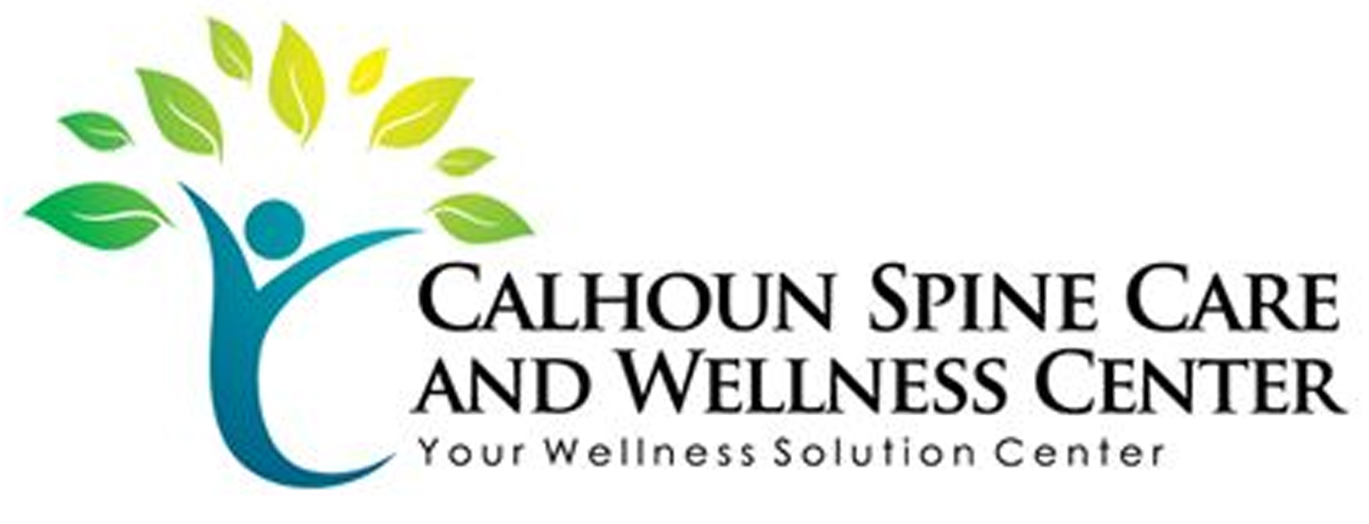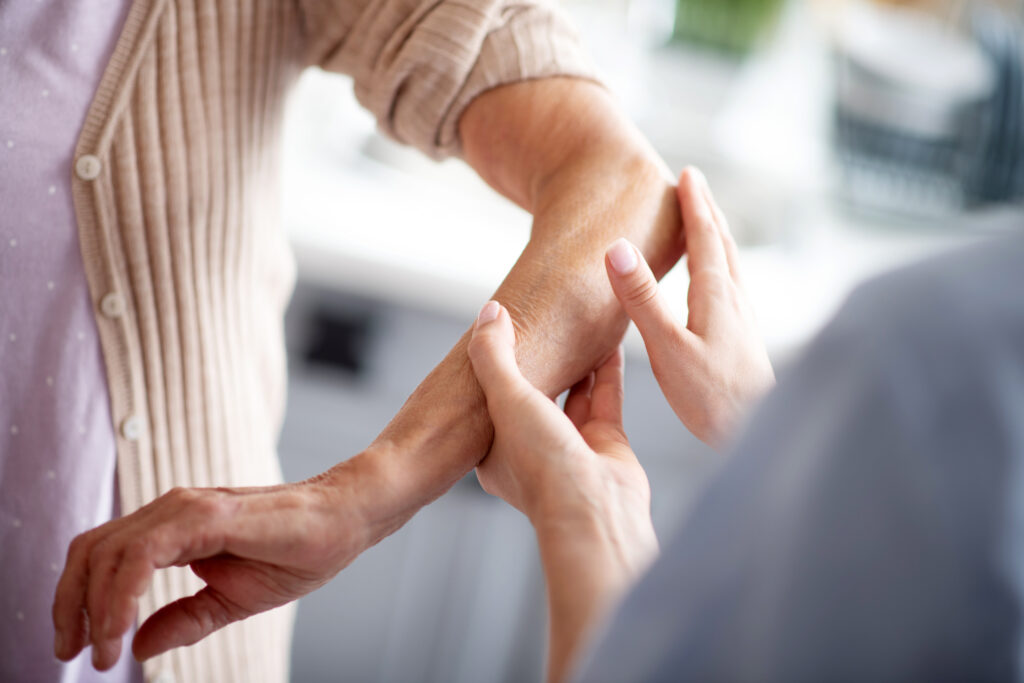You've probably experienced those nagging aches that disrupt your day, and it's frustrating to find effective relief. While many turn to over-the-counter medications, there are gentle remedies that can ease your discomfort without harsh side effects. From herbal teas to soothing essential oils, these natural solutions not only target pain but also promote overall well-being. Curious about how simple lifestyle changes and holistic approaches can transform your experience with aches? Let's explore these remedies and discover what might work best for you.
Understanding Aches and Pains
When you experience aches and pains, it's your body's way of signaling that something might be off. These sensations can range from mild discomfort to sharp, debilitating pain. Often, they arise due to various factors, including injury, overexertion, stress, or even underlying health conditions.
It's crucial to pay attention to these signals; ignoring them could lead to more significant issues down the road.
Aches and pains can manifest anywhere in your body, but they commonly affect the back, joints, and muscles. You might notice that certain activities exacerbate your discomfort, revealing patterns that can help you identify the root cause. For instance, if prolonged sitting causes back pain, it might be time to reassess your posture or work environment.
Your body is always communicating. When you feel that nagging pain, it's a cue to evaluate your habits and routines. Are you getting enough rest? Are you engaging in repetitive motions that could be causing strain?
Taking a moment to reflect on these questions can guide you toward making necessary adjustments.
Benefits of Gentle Remedies
Gentle remedies offer a compassionate approach to managing aches and pains, allowing your body to heal without the harsh side effects often associated with stronger medications. By choosing these remedies, you can embrace a more holistic way of caring for yourself. These methods often focus on natural ingredients and techniques that support your body's own healing process.
One key benefit of gentle remedies is their low risk of side effects. Unlike pharmaceuticals that can lead to stomach issues or dependency, gentle remedies typically use natural substances, which means you're less likely to experience adverse reactions. This is especially important if you're already taking other medications or have existing health conditions.
Gentle remedies also promote overall well-being. Many of these options, such as essential oils or warm compresses, not only target specific aches but also help reduce stress and improve your mood. When you feel better mentally and emotionally, your body responds positively, which can enhance your physical recovery.
Additionally, incorporating gentle remedies into your routine encourages you to listen to your body. You'll become more attuned to what works best for you, allowing for a personalized approach to healing. This empowerment can lead to greater self-awareness and better health choices in the long run.
Herbal Teas for Relief
Sipping on herbal teas can be a soothing way to find relief from aches and discomfort. The warmth of the tea calms your body, while the natural properties of herbs work to alleviate pain and promote relaxation.
You'll discover that certain herbal teas can be especially beneficial for specific types of discomfort, making them a great addition to your self-care routine. Here are a few options you might want to try:
- Ginger Tea: Known for its anti-inflammatory properties, ginger tea can help reduce muscle pain and soreness.
- Peppermint Tea: The menthol in peppermint acts as a natural pain reliever, ideal for headaches or digestive issues.
- Chamomile Tea: This calming tea can ease tension and promote sleep, which is essential for recovery from aches.
- Turmeric Tea: Packed with curcumin, turmeric tea has potent anti-inflammatory effects that can help with chronic pain.
- Lemon Balm Tea: A great choice for relieving stress and anxiety, lemon balm can help relax your muscles and ease tension.
To prepare these teas, simply steep the herbs in hot water for a few minutes. You can enhance the flavor with honey or lemon if you like.
Incorporating herbal teas into your daily routine can serve as a gentle remedy, offering comfort and relief when you need it most. So, the next time you're feeling achy, brew a cup of your favorite herbal tea and let its soothing properties work their magic.
Essential Oils to Soothe
Harnessing the power of essential oils can greatly soothe your aches and discomfort. These concentrated plant extracts offer a natural remedy that can be both enjoyable and effective. Start by choosing oils known for their pain-relieving properties, like lavender, peppermint, and eucalyptus.
When you're feeling tense or sore, consider creating a simple massage oil. Mix a few drops of your chosen essential oil with a carrier oil, like coconut or almond oil. Gently massage the blend into the areas that ache, allowing the soothing scents and properties to penetrate your skin. Lavender oil is particularly calming and can help relax muscles, while peppermint oil provides a revitalizing, cooling sensation that can alleviate headaches.
For a quick pick-me-up, diffuse essential oils in your living space. This method not only fills the air with therapeutic aromas but also promotes a tranquil environment. Eucalyptus oil is great for clearing sinuses, while rosemary can help improve circulation and relieve tension.
If you prefer a more immersive experience, try adding essential oils to a warm bath. A few drops of chamomile or ylang-ylang can elevate your relaxation routine and ease any lingering discomfort. Just remember to mix the oils with a bit of bath salt or carrier oil before adding them to the water to guarantee they disperse evenly.
Incorporating essential oils into your routine can be a gentle yet powerful way to manage your aches and enhance your overall well-being. Give it a try and see how these natural remedies work for you!
Gentle Stretching Techniques
When you're feeling tight or sore, incorporating gentle stretching techniques into your daily routine can make a significant difference. Stretching not only enhances flexibility but also promotes blood flow, easing discomfort and tension.
Here are some gentle stretches you can try to relieve those pesky aches:
- Neck Rolls: Slowly roll your head in a circular motion, allowing your neck to release tension. Do this in both directions for balance.
- Shoulder Shrugs: Raise your shoulders towards your ears, hold for a moment, then release them down. Repeat this a few times to loosen tight shoulders.
- Cat-Cow Stretch: Start on all fours, arch your back like a cat, then dip it down while lifting your head and tailbone. This stretch helps alleviate back pain.
- Seated Forward Bend: While seated, extend your legs and reach towards your toes. This gentle stretch targets the hamstrings and lower back.
- Child's Pose: Kneel on the ground, sit back on your heels, and stretch your arms forward. This position encourages relaxation and gently stretches your spine.
Make it a point to stretch regularly, especially after long periods of sitting or engaging in physical activity.
Listen to your body, and don't push beyond your comfort zone. A few minutes of these gentle techniques each day can lead to lasting relief, helping you feel more relaxed and energized.
Mindfulness and Relaxation
While you're managing the challenges of daily life, practicing mindfulness and relaxation techniques can substantially ease aches and promote overall well-being. By incorporating these practices into your routine, you can create a space where your body and mind feel lighter.
Start by finding a quiet spot where you can sit or lie down comfortably. Close your eyes and take a deep breath in through your nose, letting your abdomen expand. Hold for a moment, then exhale slowly through your mouth. Repeat this process a few times, allowing each breath to ground you in the present moment. Focus on the sensation of the air entering and leaving your body, letting go of any racing thoughts or distractions.
You might also want to explore guided meditation. There are plenty of apps and online resources that offer short sessions designed to help you focus and relax. These guided sessions can lead you through visualizations or breathing exercises, allowing you to release tension and reconnect with your body.
Additionally, consider practicing progressive muscle relaxation. This technique involves tensing and then relaxing different muscle groups in your body, starting from your toes and moving up to your head. As you do this, pay attention to how it feels to release the tension, which can help alleviate physical discomfort.
Integrating mindfulness and relaxation practices into your life not only helps manage aches but also encourages a deeper sense of peace and balance. Make these techniques a regular part of your routine, and notice the positive impact they've on your overall health.
Warm Compress Applications
Warm compresses can be a simple yet effective way to ease your aches and pains.
By applying heat, you can enhance blood flow and relax tight muscles, providing you with relief.
Let's explore how to apply a warm compress effectively to maximize its benefits.
Benefits of Warm Compress
A warm compress offers several benefits for alleviating aches and pains. When you apply heat to a sore area, it can provide immediate relief and promote healing.
Here are some key advantages you'll experience:
- Increases blood flow: The warmth encourages circulation, delivering essential nutrients and oxygen to the affected area.
- Relaxes muscles: Heat helps to loosen tight muscles, reducing tension and discomfort.
- Soothes stiffness: If you're dealing with joint or muscle stiffness, a warm compress can help ease your range of motion.
- Reduces pain: The soothing effect of heat can diminish the perception of pain, making it easier to perform daily activities.
- Promotes relaxation: Applying a warm compress can create a calming effect, easing stress and anxiety that often accompany physical discomfort.
How to Apply Effectively
To effectively apply a warm compress, start by selecting the right material and method that suits your needs. You can use a clean towel, a rice sock, or a commercially available heat pack. If you choose a towel, dampen it with warm water, then wring it out to avoid dripping. For a rice sock, fill a clean sock with uncooked rice, tie it securely, and microwave it for about 30 seconds. Always check the temperature before applying it to your skin.
Once your compress is ready, position it over the area where you're feeling discomfort. Make sure it covers the affected area adequately. Hold the compress in place for about 15 to 20 minutes. If you notice any discomfort or excessive heat, remove it immediately to prevent burns.
Repeat this process several times a day as needed. After each use, you can reheat your compress or prepare a fresh one.
Remember to keep your skin protected by placing a thin cloth between the compress and your skin if it feels too hot. This gentle approach can help soothe your aches effectively.
Epsom Salt Baths
Soaking in an Epsom salt bath can work wonders for relieving muscle aches and soothing stress. The magnesium sulfate in Epsom salt is absorbed through your skin, helping to relax muscles and reduce inflammation. This simple remedy can transform your bath into a therapeutic experience that rejuvenates both your body and mind.
Here's why you should consider adding Epsom salt to your bath routine:
- Muscle Relaxation: The magnesium helps relax tense muscles, making it perfect after a long day or an intense workout.
- Stress Relief: The warm water combined with Epsom salt creates a calming atmosphere, allowing you to unwind and destress.
- Pain Reduction: Regular Epsom salt baths can alleviate pain from conditions like arthritis or fibromyalgia.
- Improved Sleep: Taking a bath before bed can promote better sleep by relaxing your body and mind.
- Enhanced Circulation: Soaking can improve blood flow, helping to nourish your muscles and tissues.
To prepare your Epsom salt bath, simply fill your tub with warm water, add about two cups of Epsom salt, and mix it well. Soak for at least 12-15 minutes to reap the full benefits.
You can enhance your experience by dimming the lights, lighting candles, or adding your favorite essential oils. Incorporating Epsom salt baths into your routine can provide you with a gentle yet effective way to combat aches and improve your overall well-being.
Acupressure and Reflexology
Exploring acupressure and reflexology offers a powerful way to relieve aches and promote overall wellness. These ancient practices focus on stimulating specific points on your body to boost circulation, reduce tension, and encourage healing.
Acupressure involves applying pressure to specific points, known as acupoints, along your body's meridians. By using your fingers, palms, or even elbows, you can relieve muscle tension and alleviate pain. For instance, pressing the space between your thumb and index finger for a few minutes can help ease headaches and neck pain.
You can easily incorporate acupressure into your daily routine, whether you're at home or on the go.
Reflexology, on the other hand, focuses on the feet, hands, and ears. Each area corresponds to different organs and systems in your body. By applying pressure to these reflex points, you can promote relaxation and relieve discomfort.
For example, massaging the arch of your foot may help ease lower back pain, while stimulating the tips of your toes can support respiratory health.
Both practices can be performed by a trained professional or self-administered. If you choose to practice them at home, consider using a guide or instructional video to verify you're targeting the correct points.
Incorporating acupressure and reflexology into your self-care routine can help you feel more in control of your body's aches and enhance your overall wellbeing. So, why not give it a try today?
Lifestyle Changes for Comfort
Making small lifestyle changes can considerably enhance your comfort and reduce aches. You might be surprised at how simple adjustments to your daily routine can lead to significant improvements in your overall well-being.
Here are some effective changes you can easily incorporate into your life:
- Stay Hydrated: Drinking enough water keeps your muscles and joints lubricated, which can help minimize discomfort.
- Maintain Good Posture: Be mindful of your posture while sitting or standing. Proper alignment reduces strain on your body.
- Incorporate Gentle Movement: Regular, low-impact exercises like walking or yoga can improve flexibility and strength, easing aches.
- Prioritize Sleep: Quality sleep is essential for recovery. Establish a calming bedtime routine to guarantee you get enough rest.
- Manage Stress: Engage in relaxation techniques such as meditation or deep breathing exercises to diminish tension and pain.
Conclusion
Incorporating these gentle remedies into your routine can make a real difference in managing your aches and promoting relaxation. By exploring herbal teas, essential oils, and warm compresses, you'll find natural solutions that work for you. Don't forget the power of gentle stretching and mindfulness techniques to support your overall well-being. Prioritizing self-care is essential, so embrace these holistic approaches and discover the lasting relief you've been seeking. You deserve to feel your best!



